You have never seen the border of the solar system, outside the border, do n’t have a hole in the sky.
Author:Astronomy online Time:2022.09.13
What does the border of the solar system look like? Even more strange than you think.
Our solar system
The earth is the sixth planet from the border of the solar system, which means that we are not close to this cold and desolate boundary. For many years, human beings have launched many spatial detectors. So do we understand the solar system?
The answer is yes, but this job is still in progress. The latest technologies that have been created in 13 years, the three -dimensional map of the solar border, reveal more secrets of this mysterious boundary. We call this boundary as the Japanese gallery boundary.
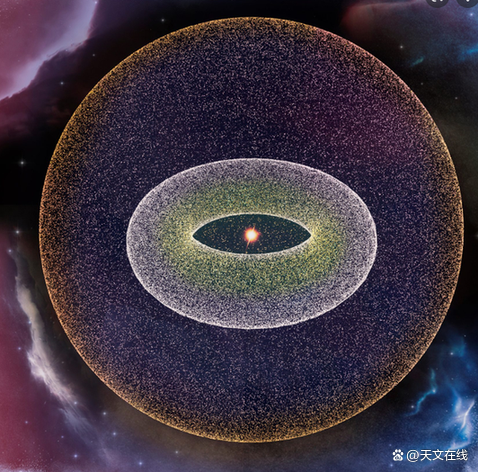
Dan Reisenfeld is a spatial science researcher at the National Laboratory of Los Alamos and the head of the three -dimensional map research team in Los Alamos. The solar wind (that is, the charged particle flow from the sun "(that is, the charged particle flow from the sun) area due to the interstellar radiation penetrated to the vacuum space outside the solar system. In other words, the solar wind and interstellar particles meet in the periphery of the solar system and form a boundary.
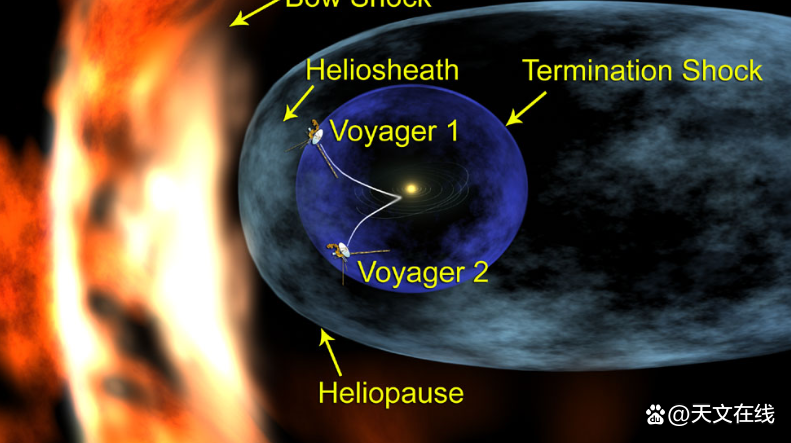
When the Astronum Astronauts launched in the 1977 space detector traveler 1 entered the interstellar space on No. 1 in 2012, humans saw the outer edge of the solar system for the first time. Traveler No. 2 is not far behind, doing the same thing in 2018. The NASA Jet Prosperity Laboratory, located in the California Institute of Technology, said that the precious music of scientific instruments and Bach, Louis Armstrong, and Humpback Whale, when leaving the solar system, travel The number 1 and No. 2 reported the sharp decrease in solar particles and a large increase in radiation of the galaxy.
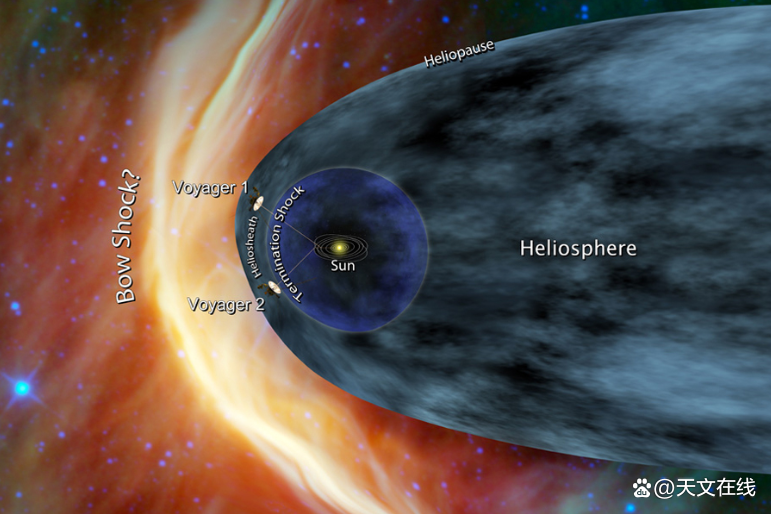
The latest three -dimensional map reveals more content about the Japanese ball layer. Lisen Feld said that the inner layer of the solar system (where the sun and its planet are located) are a rough spherical shape and are considered to extend about 90 astronomical units in all directions (a astronomical unit refers to the average distance between the earth and the sun, About 93 million miles or 150 million kilometers). The outer layer of the solar system is not so symmetrical, in one direction (the never interruption of sunlight continues in front of the universe radiation here). Astronomical unit.
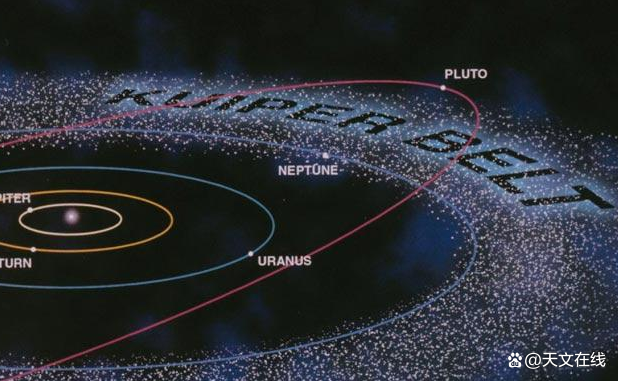
Japanese, Traveler No. 1, Traveler No. 2
The movement of the sun in the galaxy has led to the asymmetry of the Japanese gallery boundary. It rubbed with the radiation of the galaxy and left room where it passed. "There are many plasma (charged particles) that exist in interstellar space, and the inside of the spherical Japanese layer will hinder the flowing plasma." Lisen Feld told us that "this has the same influence as the rock flows over the rocks." A stream of water rushed across the rocks, and there was a calm behind.
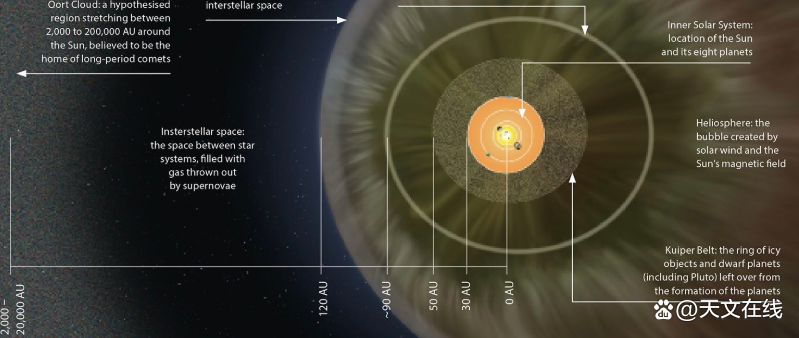
NASA stated that the interstellar border detector was launched in 2008. "Only the buses are as large as the buses." The measurement data of the three -dimensional map was collected by it. "IBEX sounds like an animal," Rissen Feld said that it will remind people of the sheep famous for overcome gravity climbing to the Alps cliff. But the real similar animal of the interstellar border detector is a bat.
Many bat hunting mosquito and other insects, they get the distance from the prey by launching sound waves and the time difference between receiving echo. Similarly, the interstellar border detector detection of the solar wind particles rebounded from the solar boundary bounced back, making Risenfeld and his colleagues consume the distance from the boundary of the solar system through the solar particles. "The sun will emit a particle pulse, and then we need to wait for the pulse that reflected from the boundary of the Japanese gallery, calculate the position of the Japanese gallery boundary through the time difference," explaining it.
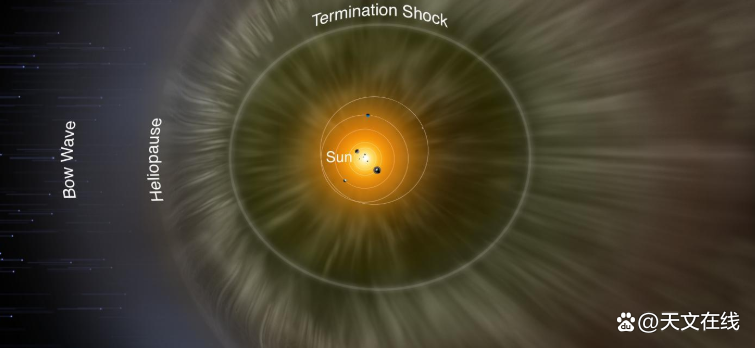
When the sun travels along the outer edge of the Milky Way, the solar wind brings out the cosmic radiation to form a protective air bubble ring. "This is good for us because radiation will harm the space detectors and harm the health of astronauts," Rissen Feld said.
However, the border will not maintain this form for a long time. Lisen Feld specifically pointed out that the intensity of solar wind is related to the number of sunspots. The sun sunspots are dark spots that temporarily appear on the surface of the sun due to the strong electromagnetic interference inside the sun. From 1645 to 1715, the earth ushered in the "very small period of Monte" that scientists said.

"Sun Kuroko activity has disappeared for nearly a century. If it reappears, the shape of the Japanese ball layer will also change significantly." Lisen Feld said. "We did see the changes in the solar system. At any time, another" "Monde's minority" may appear. The influence of the Japanese -roller cover will not change over time. "
In order to learn more about the Japanese goal layer, NASA plans to launch new detectors in 2025, called interstellar surveying and accelerated detector (IMAP). If everything is planned, interstellar surveying and acceleration detector (IMAP) will further expose more details of the interaction of solar wind and cosmic radiation.
By: Randyn Bartholomew
Fy: Beiming Star
If there is related content infringement, please contact the author to delete after the work is released
- END -
first!Repeated flight of my country's sub -orbital carrier
my country's sub -orbital carrier reused flight test has achieved a complete successOn August 26, the Lingya Asian orbit carrier -reusable flight test by China Launch Rocket Technology Research Instit...
Solve the problem like a master: you must have super skills

On July 16, 2004, Michael Dell, chairman and CEO of Dell Company, announced that K...